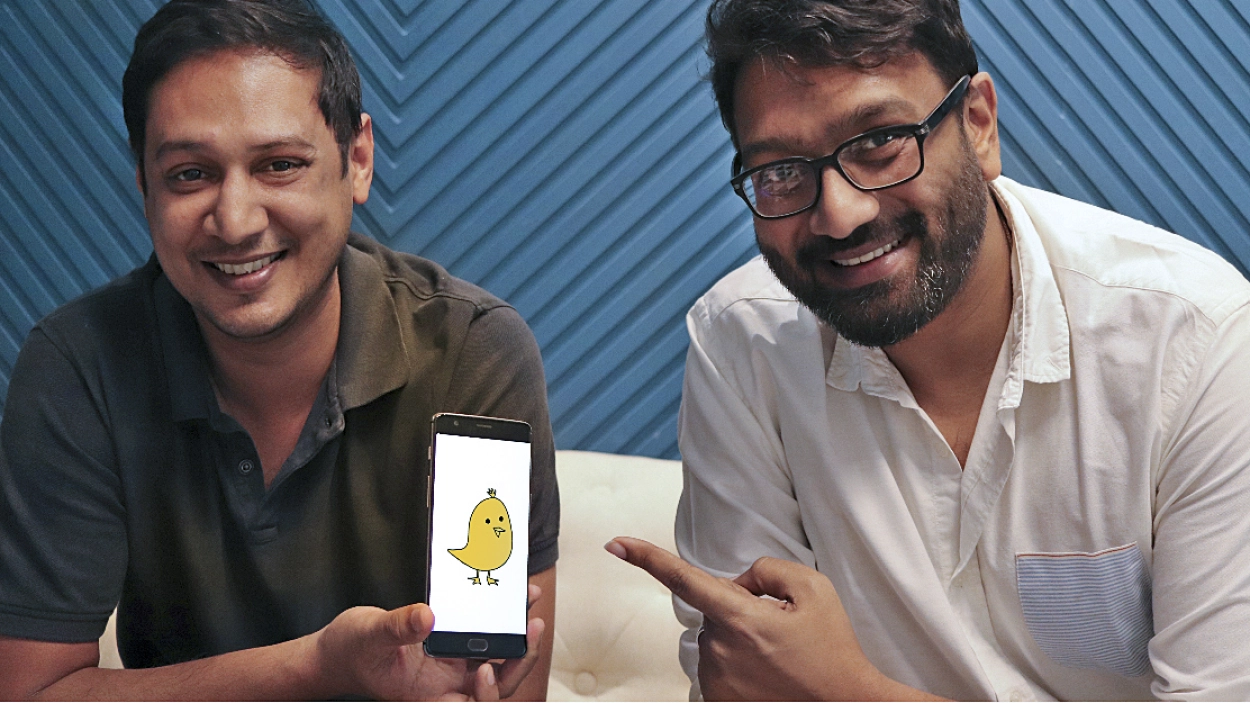BUSINESS
Koo: The Twitter Alternative Making Waves in the Global Microblogging Arena

Microblogging platform Koo is rapidly emerging as a formidable alternative to Twitter, gaining momentum not only in India but also globally. Founded by Aprameya Radhakrishna and Mayank Bidawatka in 2020, Koo aims to provide a voice to users in regional languages and bridge the gap between vernacular language speakers and English speakers through automatic translation. With more than 60 million downloads and a recent expansion into Brazil, Koo is poised to capitalize on its unique features and global demand for alternative social media platforms. Koo’s inception was driven by the realization that a significant portion of India’s population, particularly those in regional language-speaking communities, lacked a platform to express themselves online. Aprameya Radhakrishna, co-founder of Koo, explains that many voices were confined to WhatsApp groups. Koo set out to change this by offering a platform where users could communicate seamlessly in their preferred language. Currently, Koo boasts approximately 60% Hindi-speaking users, 20% vernacular language users, and 20% English speakers.
Koo’s strategy revolves around expanding its reach wherever there is a demand for an alternative to Twitter. The recent suspension of Koo’s official Twitter account only fueled its determination to become a global player. The platform’s co-founder, Radhakrishna, highlights that Koo’s primary focus has been on regions where Twitter is not as dominant, particularly in developing countries. Former Twitter India Head, Manish Maheshwari, believes that Koo has the potential to capture the Spanish-speaking audience in the United States successfully. He emphasizes that Koo should prioritize growth and user base expansion before diving into monetization fully. Once a substantial user base is established, advertisers are likely to follow suit.
While Koo is not in the full monetization phase yet, the platform is actively exploring various revenue models. One avenue involves collaborating with creators in a revenue-sharing format. Koo has already raised $50 million from investors, including Tiger Global, Accel Partners, 3one4 Capital, Kalaari Capital, and Blume Ventures. Koo has started experimenting with advertising in India, collaborating with prominent brands like Star Sports, Amazon Prime Video, and Myntra. Radhakrishna notes that advertisers on Koo have experienced impressive results, citing the platform’s high user authenticity due to phone number registration and self-verification using Aadhaar.
Koo sets itself apart from Twitter and other social media platforms with several distinctive features. These include free self-verification, a higher character limit, and multiple profile photos. These unique attributes make Koo an attractive option for users looking for a refreshing alternative. Moreover, Koo has a significant opportunity to cater to local content needs in India, particularly in areas like cricket, politics, and Bollywood. With the diminished presence of Twitter India’s team, Koo can fill this gap and offer users compelling reasons to choose its platform over Twitter.
Expanding globally presents challenges for Koo, particularly regarding privacy policies and compliance with regulations like the European Union’s General Data Protection Regulation (GDPR). Ensuring GDPR compliance can be resource-intensive, which may require careful planning and adaptation for Koo’s expansion into new markets. Additionally, Koo will need to focus on content moderation and localization to maintain user growth and engagement effectively. Transparency reports and clear content moderation policies can further enhance the platform’s credibility.
In a world increasingly questioning global tech platforms, Koo positions itself as a transparent and consistent alternative. With its commitment to providing a voice to regional language speakers and expanding globally, Koo has the potential to become a significant player in the microblogging landscape, offering users a compelling alternative to Twitter.
